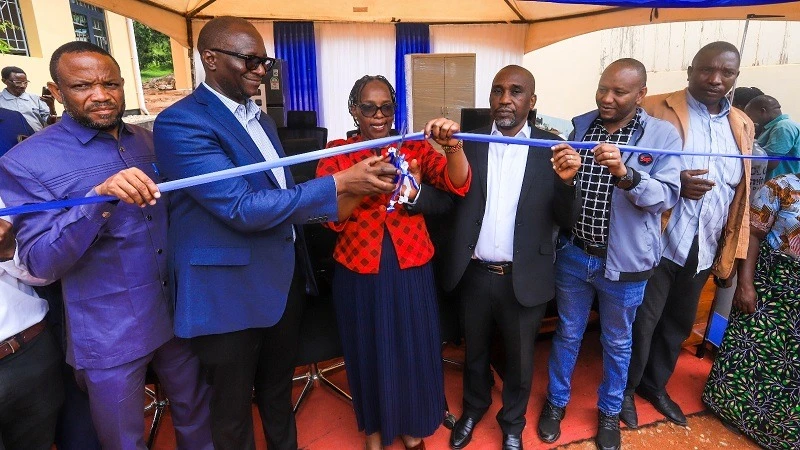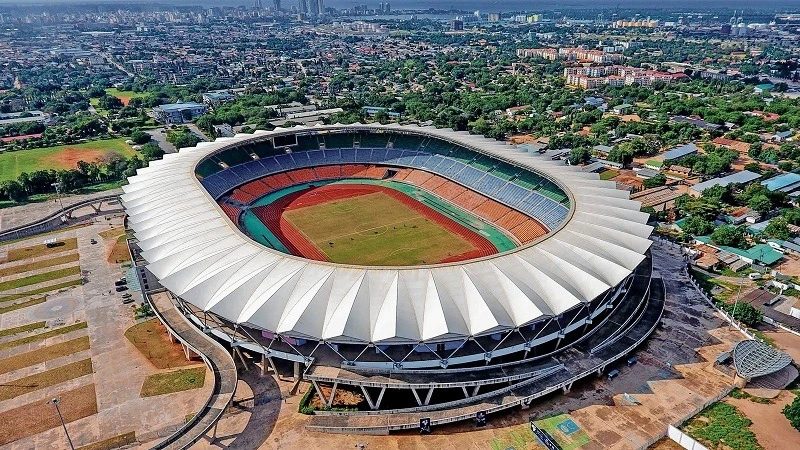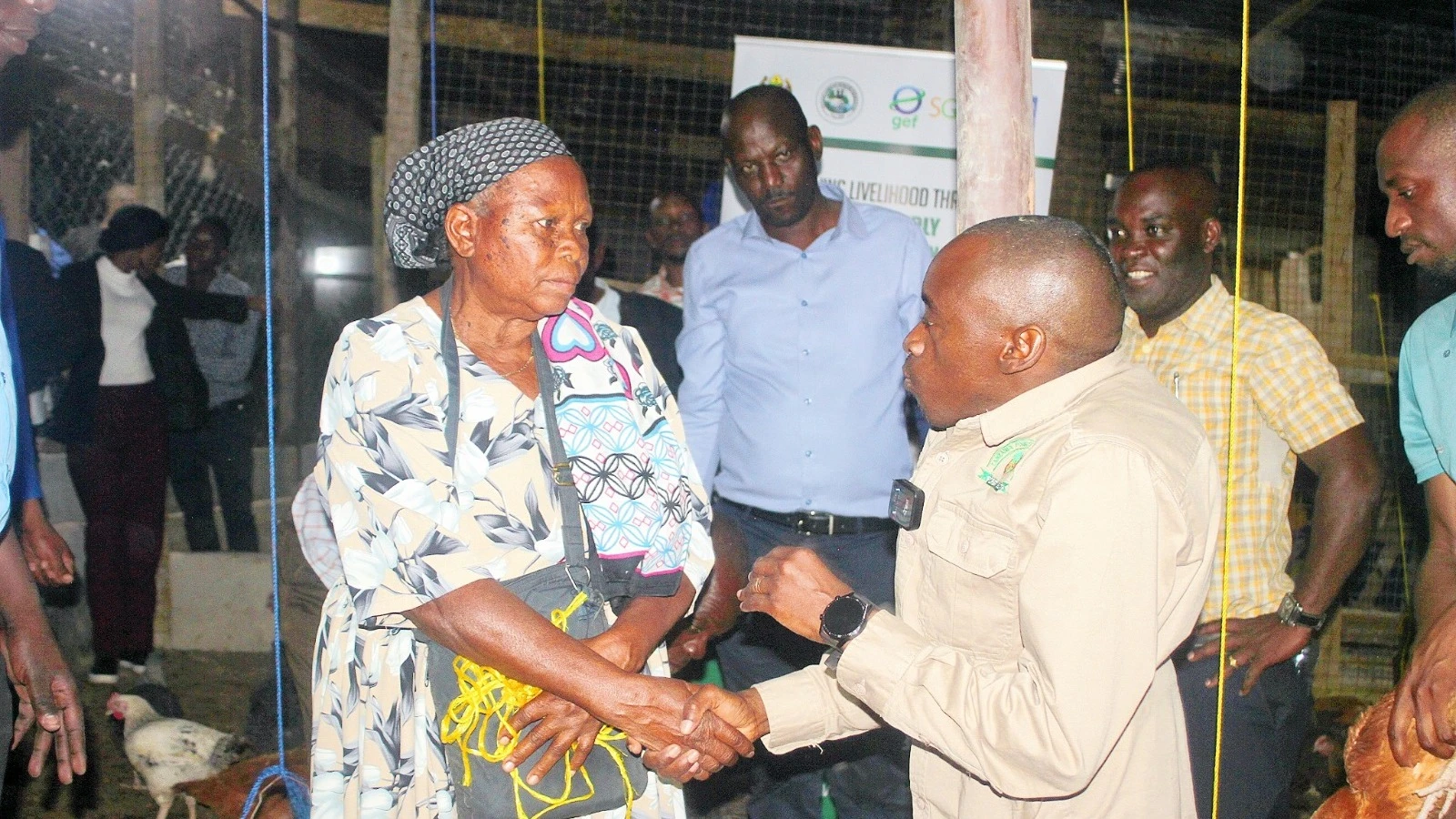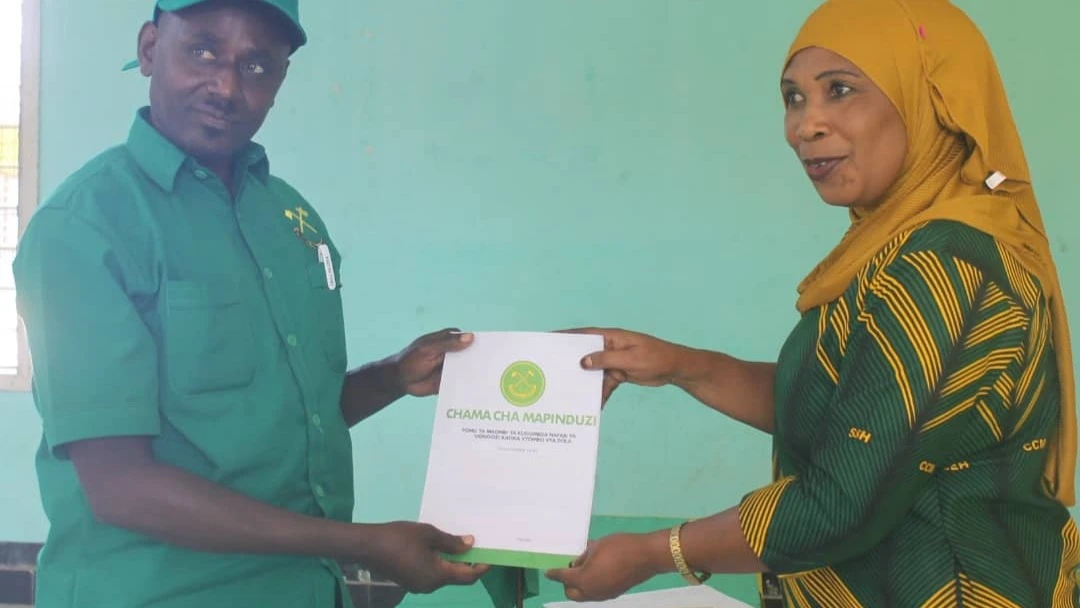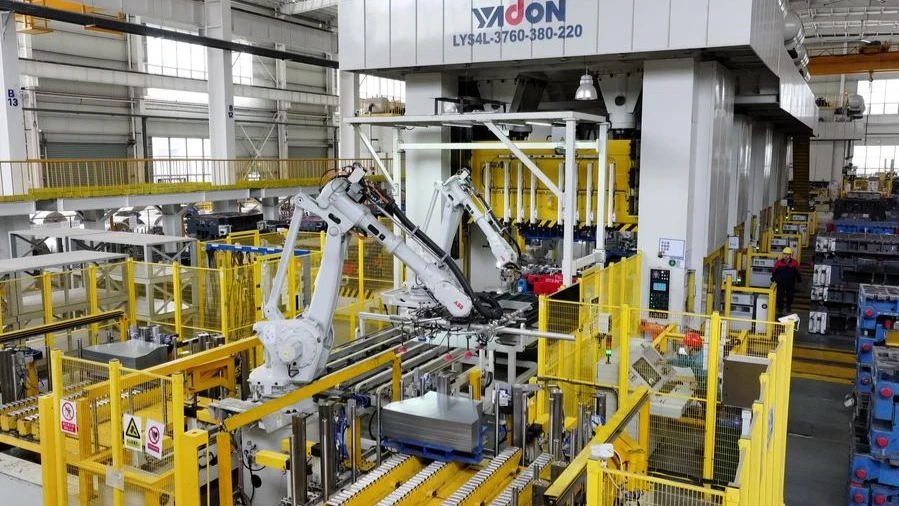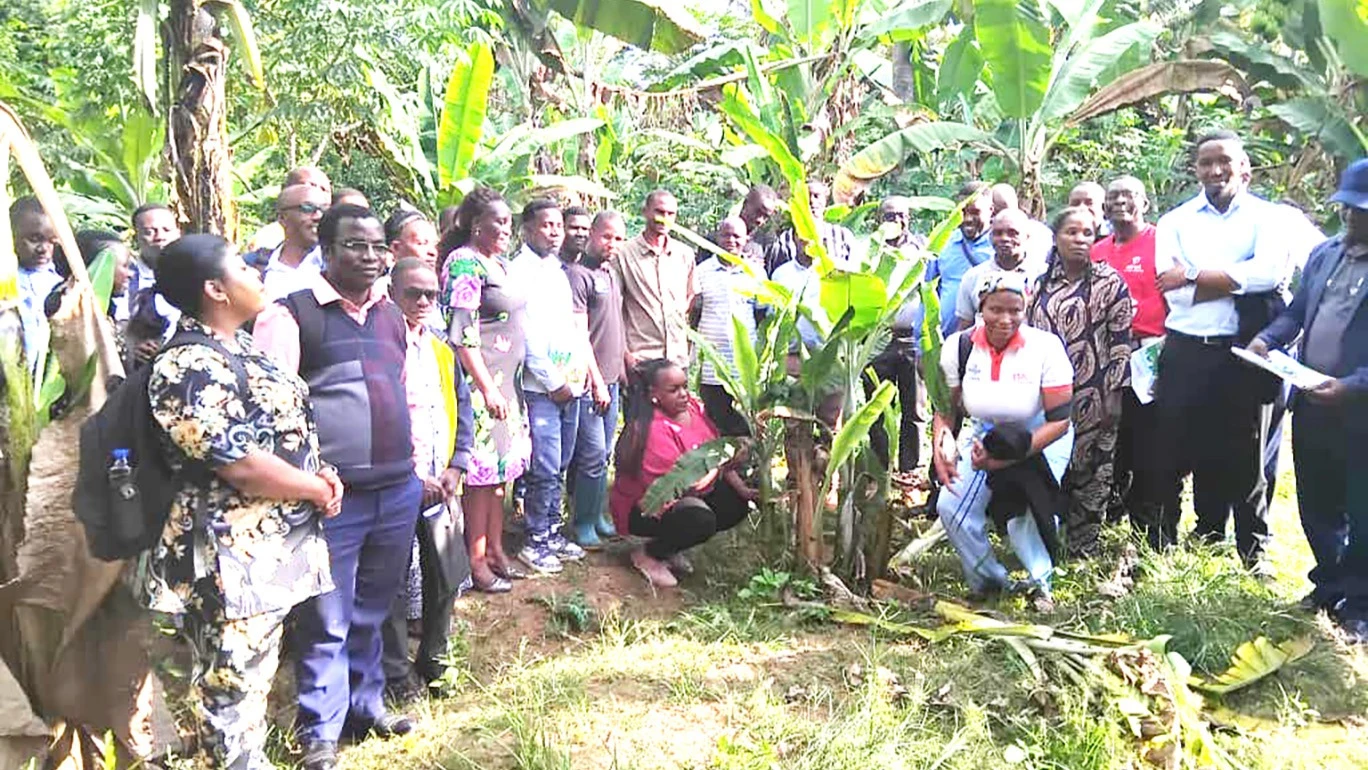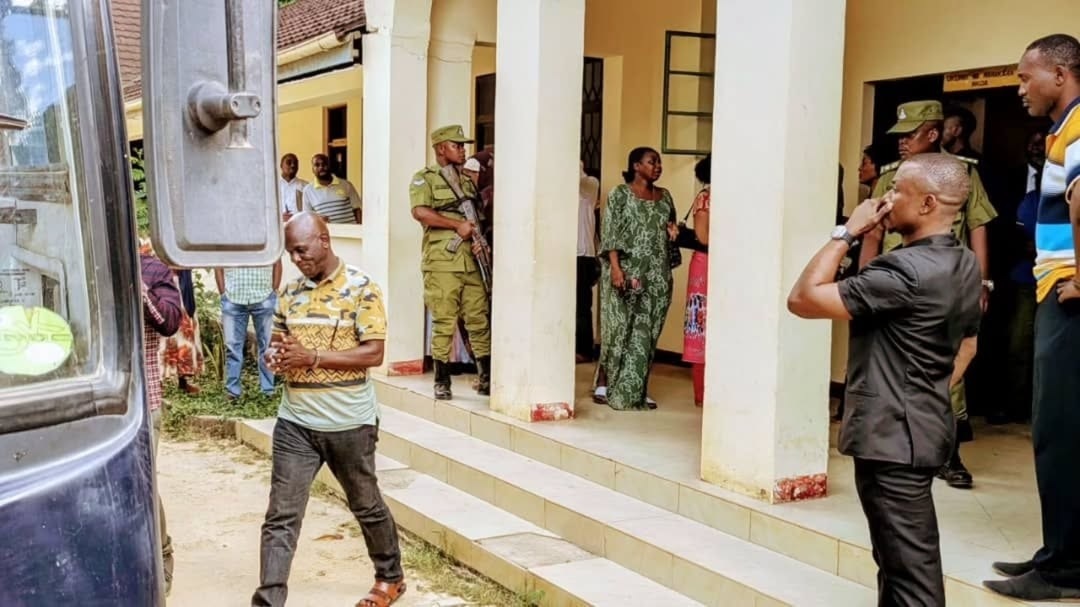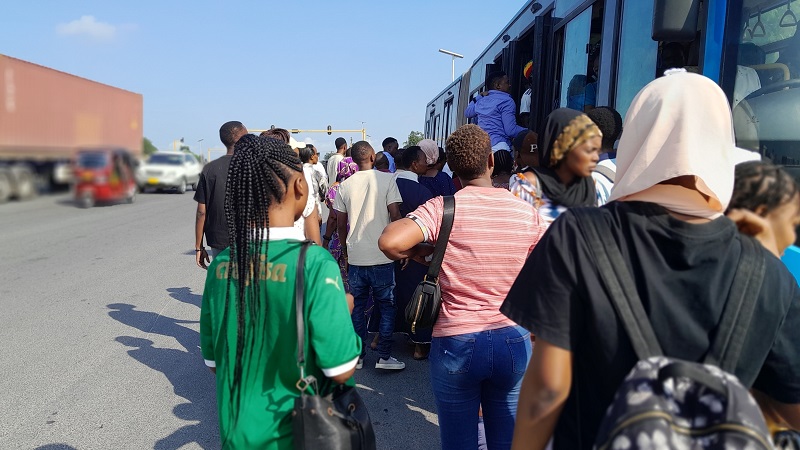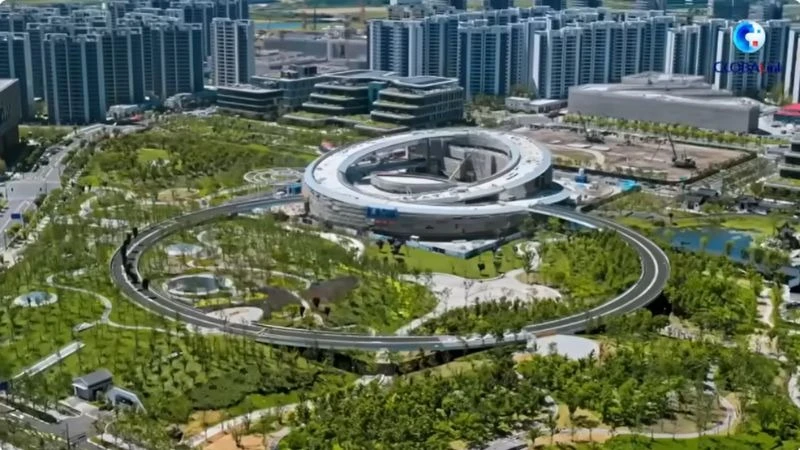Lethal disease wiping out banana yields, stakeholder call for action

AGRICULTURAL experts and stakeholders have issued an urgent call for farmers, traders and transporters across the country to stop uncontrolled movement of banana planting materials to curb the rapid spread of banana bunchy top disease (BBTD).
Hamad Lyimo, senior agricultural officer at the Tanzania Plant Health and Pesticides Authority (TPHPA), raised the alarm during a training session here over the weekend, organized by the Tanzania Commission for Science and Technology (COSTECH). The session brought together agricultural officers, farmers, researchers, transporters and journalists..
BBTD, caused by the lethal banana bunchy top virus (BBTV), has now spread to 11 regions since it was first reported in Buhingwe District, Tabora Region, in 2020. The disease poses a serious threat to banana production, farmer livelihoods and national food security, he said.
"The disease is spreading fast because of transporting infected planting materials from one area to another," he explained, listing affected regions as Morogoro, Mbeya, Songwe, Mwanza, Dodoma, Katavi and Dar es Salaam, on the basis of available data.
Infected plants become completely unproductive, while plants infected after flowering suffer a yield wipeout, thus experts seek that the government moves to declare BBTD a national disaster.
That would facilitate unlocking of emergency funding, boosting public awareness, enhancing training for inspectors and accelerating the creation of certified banana seedling farms, he elaborated.
BBTD is also spread by aphids (Pentalonia nigronervosa) bacteria, which feed on sap and transfer the virus from infected to healthy plants. Although aphids can be managed with insecticides, the most effective control method is uprooting and destroying all infected plants to replacing them with certified disease-free seedlings, he emphasized.
"If you cut an infected banana plant, another will sprout—but it will also be infected," he specified, affirming that the cycle us disrupted by stopping transporting uncertified seedlings and observing plant health regulatory procedures.
TPHPA is working with international partners to find lasting solutions for BBTD and other banana diseases such as Fusarium wilt, Sigatoka, and bacterial wilt.
Official statistics how that Tanzania harvested over 3.5m tonnes of bananas, with 60 percent produced by smallholder farmers especially in Kagera, Kilimanjaro and Mbeya regions, in the 2022/23 season.
By 2024 the disease had invaded major banana-producing regions, except Kagera and Mara, with typical symptoms of BBTD including stunted and thin plants with yellowing leaves, green "J-hook" streaks and a "bunchy top" appearance, he further noted.
While the disease does not kill plants outright, it significantly weakens them, causing near-total production losses and threatening cherished local varieties specific to the various regions, he said.
Dr. Mpoki Shimwela, a fellow at the Tanzania Agricultural Research Institute (TARI) Maruku station highlighted the growing demand for clean planting materials. "Kigoma alone needs four million seedlings to recover," he said, hinting that the .government is building a laboratory expected to produce up to five million seedlings annually, with current needs exceeding capacity.
Hemadi Msofe, a seed analyst at the Tanzania Official Seed Certification Institute (TOSCI), said low production of certified banana seeds is due to insufficient producers and limited resources.
Filbert Luhunga of COSTECH urged farmers to rely on scientifically-backed information and avoid uncertified seedlings, which are often the source of new infections.
The country relies on support from development partners as BBTD has not yet been classified as an emergency, he said, with farmers Godfrey Amba and Shaban Hamadi from Kauzeni village sharing personal stories of hardship caused by the disease.
"I used to harvest 100 to 150 bunches, but now I get nothing," Hamadi said. "I tried using soap and pesticides, to no use. I planted despite advice not to, because I needed income."
Fatma Mussa, a researcher from the International Institute of Tropical Agriculture (IITA), stated that an infected farm can lose up to 100 percent of production within one season.
An online brief says that IITA was established in 1967 in the Nigerian city of Ibadan as a result of US foundations of Ford and Rockefeller seeking to establish a center for the improvement of the quality of tropical foods.
The IITA researcher noted that recovery involves uprooting all banana plants while temporarily growing other crops to break the disease cycle, and eliminating aphids before replanting.
Farmers need to inspect fields regularly and report symptoms, while for scientific control, injecting herbicide directly into infected plants using a syringe, and applying the mixture in one to three locations depending on plant size is preferable, she stated.
Dr. Mpoki Shemwela, the TARI Maruku director, emphasized ongoing efforts to improve seed systems and disease control through TARI and IITA collaboration.
Training and monitoring efforts are critical to early detection and response while protecting banana production is vital to food security, innovation and farmer resilience, he stated.
With the disease still spreading, stakeholders warn that urgent, coordinated action is necessary to protect Tanzania’s banana sector—one of the nation’s most vital agricultural pillars.
Top Headlines
© 2025 IPPMEDIA.COM. ALL RIGHTS RESERVED






